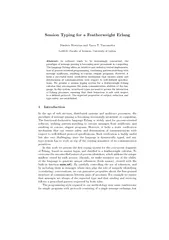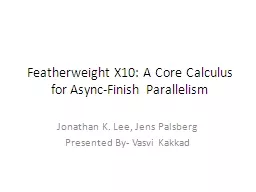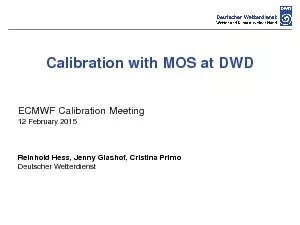PDF-Session Typing for a Featherweight Erlang Dimitris Mos
Author : tatyana-admore | Published Date : 2015-06-17
Vasconcelos LaSIGE Faculty of Sciences University of Lisbon Abstract As software tends to be increasingly concurrent the paradigm of message passing is becoming
Presentation Embed Code
Download Presentation
Download Presentation The PPT/PDF document "Session Typing for a Featherweight Erlan..." is the property of its rightful owner. Permission is granted to download and print the materials on this website for personal, non-commercial use only, and to display it on your personal computer provided you do not modify the materials and that you retain all copyright notices contained in the materials. By downloading content from our website, you accept the terms of this agreement.
Session Typing for a Featherweight Erlang Dimitris Mos: Transcript
Download Rules Of Document
"Session Typing for a Featherweight Erlang Dimitris Mos"The content belongs to its owner. You may download and print it for personal use, without modification, and keep all copyright notices. By downloading, you agree to these terms.
Related Documents














